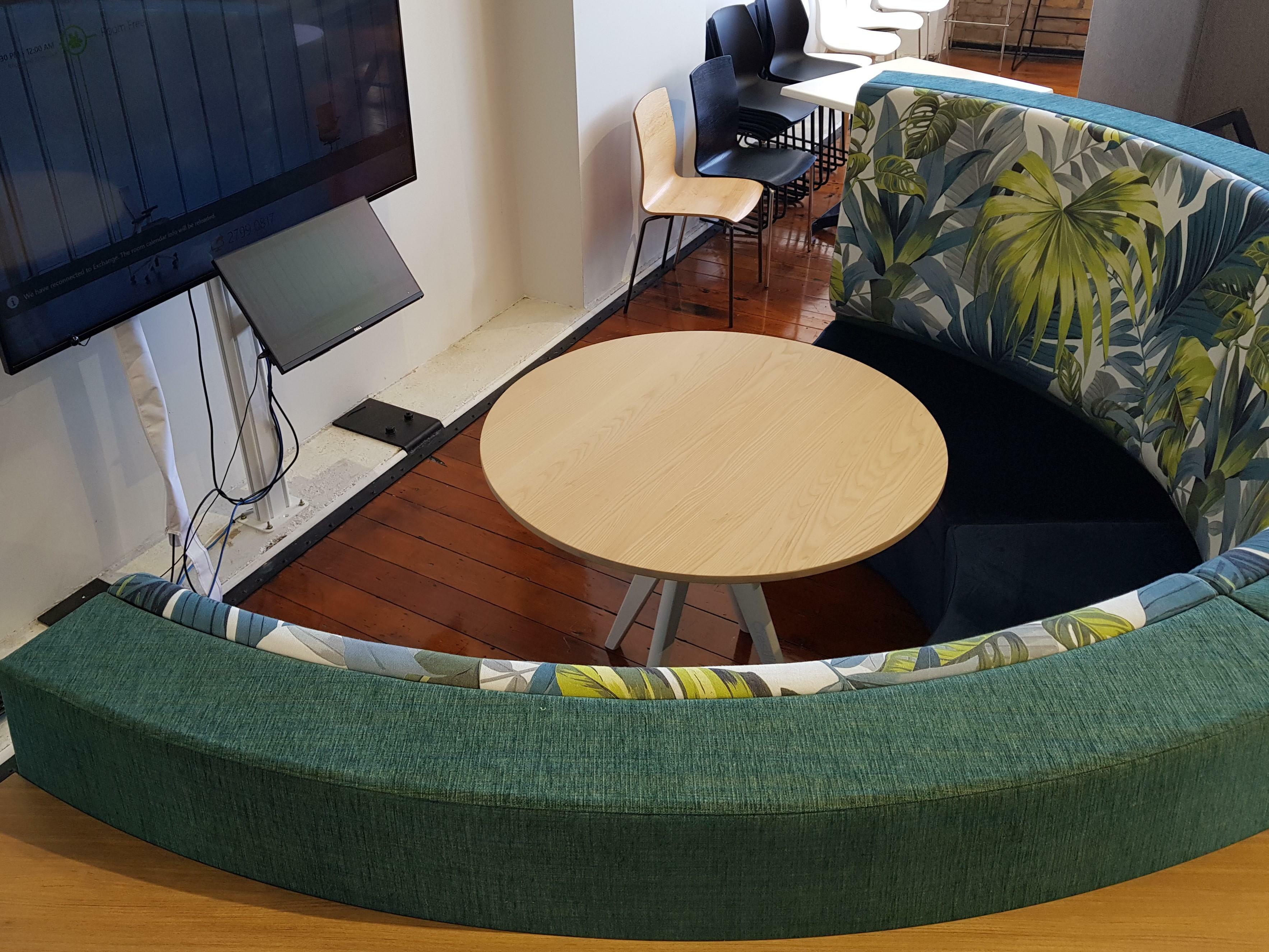The pandemic’s peaks and troughs and ebbs and flows have caused a massive headache for managers and employers around the world. From organising entire workforces suddenly working from home, with all the technology, communication and project management issues that entailed, to trying to figure out when exactly people would be (or, at time of writing, will be) returning to the office – if at all.
The shifts in attitudes from employees have been drastic and ever-changing. From delight at the new working arrangement, to despair at finding the space and peace at home limited - especially when spouses or partners and kids are involved - back to cautious enthusiasm for a new way of working in the future.
Now businesses are caught between the two worlds of employees coming into the office some days and working from home on others – a hybrid.



